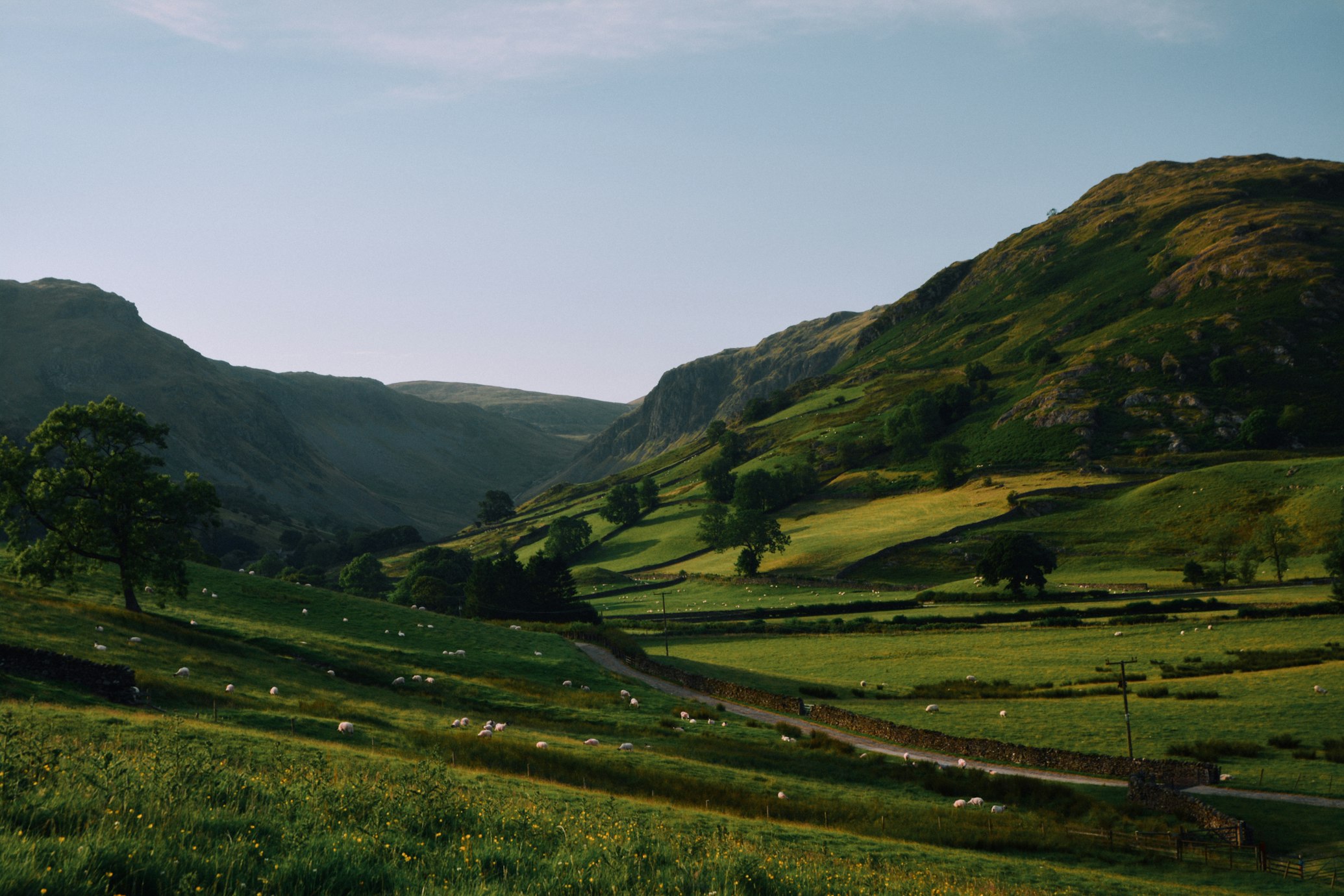This is an advertorial.
It’s finally time. You’re about to take your first backpacking trip. You can see it now. Your clothes are a little dusty, your muscles slightly aching, and you have an irreplaceable feeling of satisfaction upon reaching the summit of your destination.
Have you visualized a successful adventure? Great. Now it’s time to mentally and physically prepare. Use this shortlist to guide you toward a well-organized pack and a solid plan. You’ve got this!
#1 Purchase the Right Pack
Backpacking does require you to temporarily fit your life in one bag and wear it on your person. So, it makes sense to be a discerning shopper. Your old high school backpack won’t cut if you are gone for a day. And if you have a modest frame, an oversized fit isn’t cute—or safe.
When choosing your trail-ready pack, consider:
- Pack volume – Backpacks for hiking and camping come in various volumes, starting at 15 liters for day trips and past 55 liters for trips that extend beyond three to five days. Choose the right volume for your trip length and packing style.
- Support and fit – Most pack weight should fall on the hips. Work with a fitting pro to ensure the weight distribution is proper and that other straps on the sternum and shoulders rest on your frame correctly.
- Compartments – Do you want quick access to your water bottle or a spot for your sleeping bag? You name it, and there’s probably a pack with a pocket for that.
- Comfort features – Even the best-fitting pack will cause discomfort on your trek. But additional features such as padding in the lumbar and hip areas and mesh panels for ventilation can increase the comfort factor.
[Francis interjects: My favorite backpacks are made by Gossamer Gear and ZPacks.

#2 Pack Smartly
Outdoor travelers naturally adopt a Marie Kondo-like approach to intelligent and streamlined packing. Except, instead of exclusively sparking joy, every item in your pack should spark utility. Joy could be a happy secondary result when your feet are toasty inside a dry pair of moisture-wicking socks. (Yay!)
Pack like a backpacking pro (even if you aren’t quite there yet) by including these must-haves in your bag.
- First aid essentials – Scrapes and bruises are inevitable while adventuring, so make sure you have a solid first aid kit with bandages, antiseptic, traditional medications, and CBD pills for pain.
- Clothing – There’s no room to pack your whole sweater drawer or a million extra layers. Choose fabrics that are light and versatile. Don’t risk soggy feet and massive discomfort, and instead opt for merino wool for breathability and insulated fabrics for warmth.
- Food and water – Food packing for backpacking requires skill. Work with your backpacking companions to pack lightweight foods, dehydrated meals, and nonperishable items for all of you. And don’t forget a water treatment system.
- Sun and bug protection – Bugs and sun are part of the experience of enjoying the outdoors. Save your skin the best you can by packing plenty of bug spray.
- Tools – A multipurpose tool, a compass, and a whistle are just a few extras you’ll want to add to your pack. And don’t forget a guidebook and a map!
#3 Choose a Manageable Route
Even if you’ve spent time learning how to budget for world travel, you won’t likely travel the world in the first go.
Even seasoned Appalachian Trail hikers know the importance of pacing. Leave Kilimanjaro for a future date and start small (you’ll thank yourself later).
And since backpacking is physically challenging, do yourself a favor and train for it. You don’t need to start Olympic weightlifting or long-distance running, but smaller half-day hikes aren’t a bad idea. Don’t forget a trail run or two with your pack all loaded up.
Who knows, you may end up with a few new backpacking muscles!
#4 Learn About Your Backpacking Destination
Whether you have your sights set on traveling in Central America or conquering hiking destinations in Alaska, you owe it to yourself to work out all the logistics before you go. In this case, you should:
- Research trail conditions
- Apply for any local permits required
- Stakeout designated camping areas
- Book flights if necessary
Happy Trails Ahead
Preparing for your first backpacking trip involves planning for the terrain, weather, and even a little of the unknown. By ensuring you’re mentally and physically prepared, your first backpacking trip will be an incredible success.
The first time immersing yourself in the great outdoors is a memory you’ll never forget.
This advertorial was by Melissa Frank.





